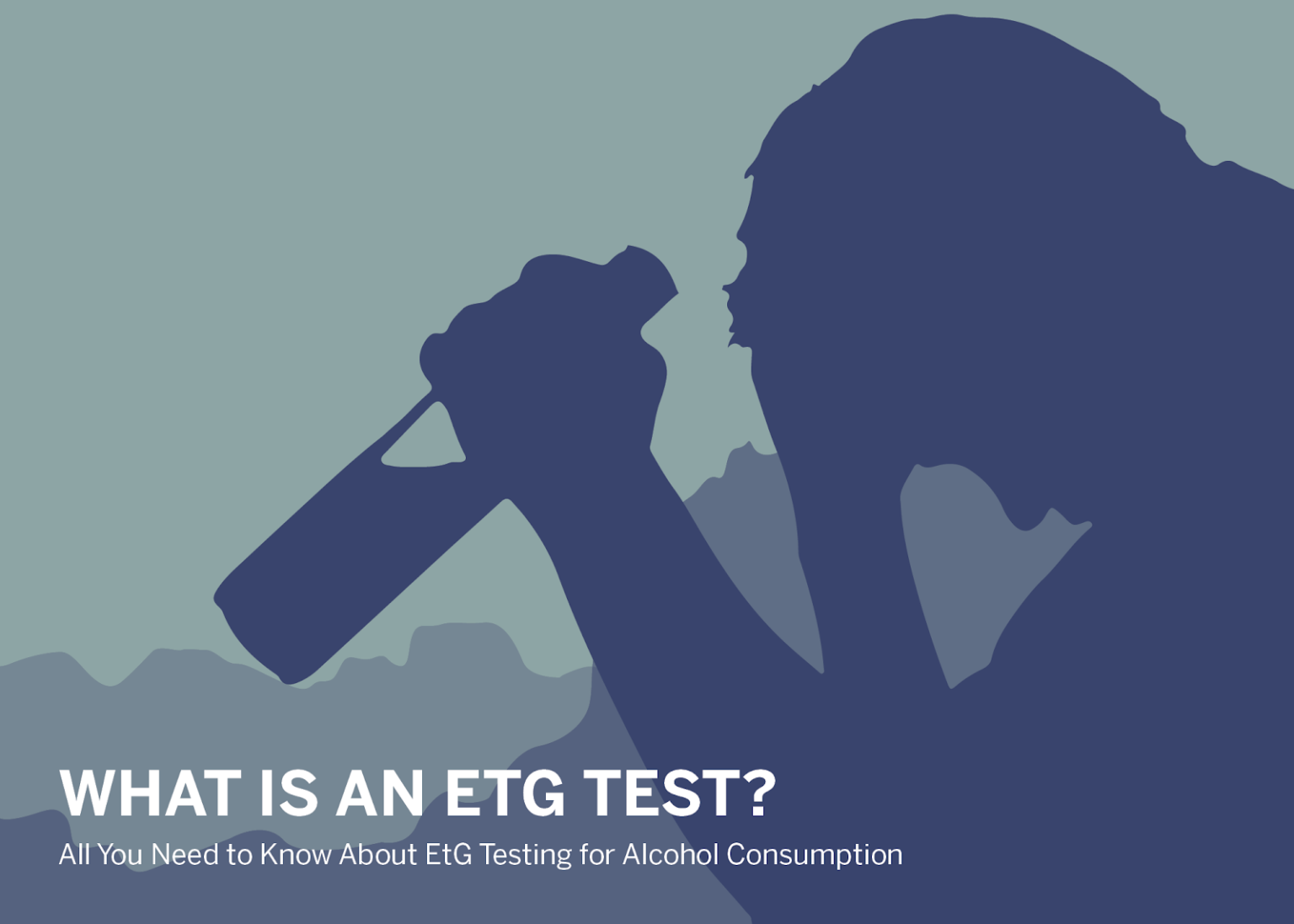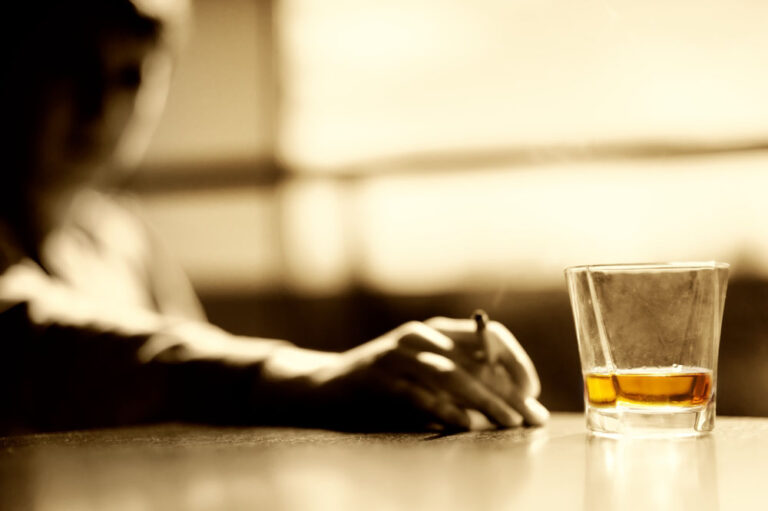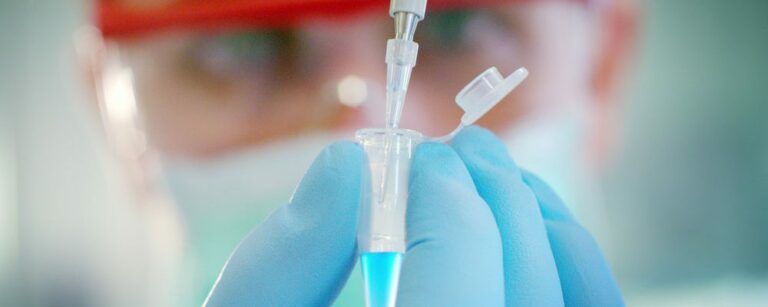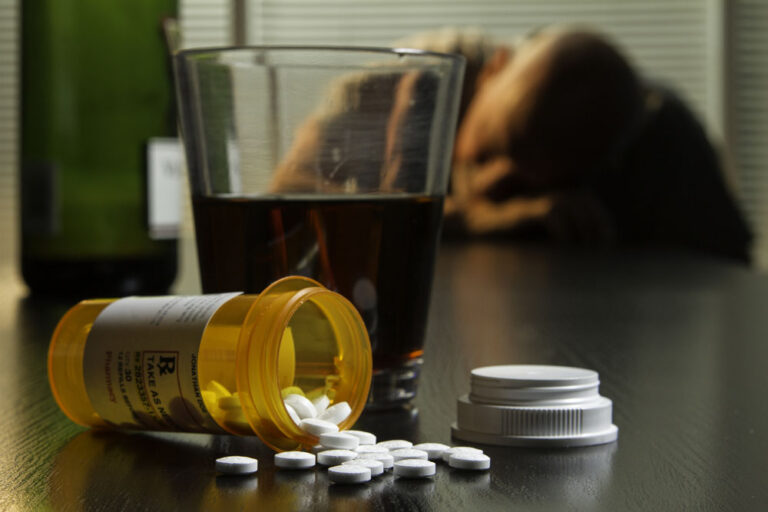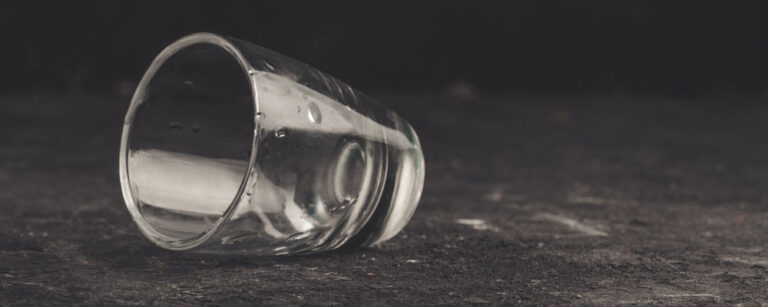What is an ETG Test
Have you heard that saying about the opposite of addiction? You might respond by saying “the opposite of addiction is sobriety.” I thought so too, at one point.
The opposite of addiction isn’t sobriety, it’s connection.
I heard that before I started recovery and it didn’t really make sense to me. And if you want the truth, it didn’t make sense to me until I was out of rehab and getting back to some kind of normalcy.
Then one day I was thinking about all the struggles I’d had, the stuff I’d gone through to get where I am. The day I went to alcohol rehab I didn’t go alone. A family member drove me.
Later on, they visited me. And I ended up making friends with someone in the treatment facility. We still talk. All those connections, all those people who were there to help me and make sure I knew I wasn’t alone.
Again—not going to lie—I needed it. There were more than a few days when I needed someone to keep me going. It hurts to admit, but even knowing how badly I wanted to be sober, deciding not to drink was sometimes the hardest thing I’d do all day.
Those connections might not always seem great, either. They might seem annoying or like they’re bothering you. I’m glad I could see the people who wanted to help me.
An EtG test is one way I got some help. It kept me on the right track and in the right headspace. So, what is an EtG test? Glad you asked.

What Is an EtG Urine Test and How Does It Work?
Simply put, an EtG test is a test that can determine if someone has had alcohol in their body. It might be kind of confusing though, because an EtG test does not test for alcohol itself.
EtG stands for ethyl glucuronide, which is a substance produced in the liver when your body processes alcohol. The EtG test is actually testing for this substance using small strips that are either dipped in urine or have small droplets of urine dropped onto them.
Timelines for how long your system will show signs of EtG are different depending on who you ask. Some studies show EtG is detectible from 24 to 120 hours after the alcohol is processed, but others say between 24 and 72 hours, all depending on the amount of alcohol that entered your body.
Another factor is the differences in our bodies. Yes, livers produce EtG when alcohol enters the body, but it’s possible for one person’s body to produce more EtG than someone else, and it’s also possible for one body to release EtG more quickly than others.
Even further, the level of urine stored in your bladder can have an effect on how much EtG is detectible.
How Are EtG Tests Used?
You may be given an EtG test at an inpatient rehabilitation center, a probation officer’s visit, or in other situations where total abstinence from alcohol is being monitored. It’s considered more accurate and reliable than a breathalyzer test because it can trace alcohol entering the body for the prior day or days.
You would be required to give a urine sample, usually in one of those little plastic containers with a lid. The person doing the test would then utilize a kit containing one or more strips that have different colored squares on them, although not all test kits are like this.
The EtG test is sensitive enough they can detect EtG resulting even from a small amount of alcohol entering your body. They quickly became the go-to test in situations where abstinence from alcohol was being watched.
However, the test should never be used to determine how many drinks a person had, what kind of alcohol was consumed, and especially not to claim knowledge of if and/or how inebriated a person was.
Using the EtG Test Carefully and Correctly
Since the EtG test is so sensitive it has to be used with caution and the full knowledge, both from the tester and the person receiving the test, that false positives are possible.
One way this is particularly difficult to deal with right now is the prevalence of hand sanitizer. A study by the National Center for Biotechnology Information found that hand sanitizer and other products containing propanol can lead to false positives.
You may not know all of the products in your house that contain alcohol. Some of them include aftershave, certain antiperspirants, mouthwash, and quite a few other things.
If you are going to be taking an EtG test in the future the best thing to do is get a list from the treatment center or whoever is doing the test and do your best to steer clear of the products listed as containing alcohol of some sort.
It’s not an easy thing to accomplish, though. Another good idea is to have an honest conversation with whoever is conducting the test, letting them know your dedication to sobriety.
EtG Testing As a Part of Treatment
That thing about connection up there is true. A big part of getting sober and maintaining long-term recovery is accepting that you’re not alone. Sometimes it means accepting that someone else is going to be keeping you on track.
Utilizing EtG testing as the only method of maintaining sobriety is most likely not going to produce great results. Getting past an alcohol addiction can sometimes be incredibly difficult. There is a lot to think about and to take into consideration.
Etg Test Facts And Myths
There are many ways an EtG test can be helpful, but there are a few myths out there as well about what it can do for you. An EtG test can tell if you’ve been drinking in the last 2-5 days. You can get false positives and negatives. An EtG test doesn’t detect alcohol. If you took a test immediately after having a drink, your liver wouldn’t have had time to break down the alcohol into ethyl glucuronide yet, so the test would be negative. The test also won’t be able to tell you how much you drank. Additionally, the test can be affected by certain food, medications, and over-the-counter products like mouthwash.
Outpatient Rehabilitation
This is common when an EtG test would be used. There are quite a few scenarios where the test might be utilized, including probation in those cases that include court-ordered rehabilitation.
Outpatient rehabilitation is a way to continue (or start, depending on your situation) recovery from alcohol use while staying at home and continuing to work your day-to-day job. At Shadow Mountain, we utilize an evidence-based form of therapy called cognitive behavioral therapy (CBT).
It includes both individual and group therapy sessions and is focused on helping you address your thoughts, emotions, and behaviors. The focus of CBT is redirecting negative thoughts and emotions to be positive and thus producing positive behaviors.
Most outpatient treatment centers schedule visits throughout the week, normally four days, for at least three hours each day. It’s another part of the connection thing you read about up top. Regular contact and regular dedication to sobriety and recovery start to add up.
When you recognize and accept that you’re not alone you can begin your lifelong recovery and see the effectiveness of treatment.
Shadow Mountain Is Right Here Beside You
Whether it’s for inpatient rehab and detox or for outpatient treatment and recovery, we’re here for you. The great thing about connecting with someone, or even with multiple people, is it can happen at any time during your recovery.
Even if you worry you have a long way to go, we’re here. We want to connect with you and make sure you can safely and comfortably begin lifelong healing and recovery. If you have any questions please call us at 505-657-2117.

